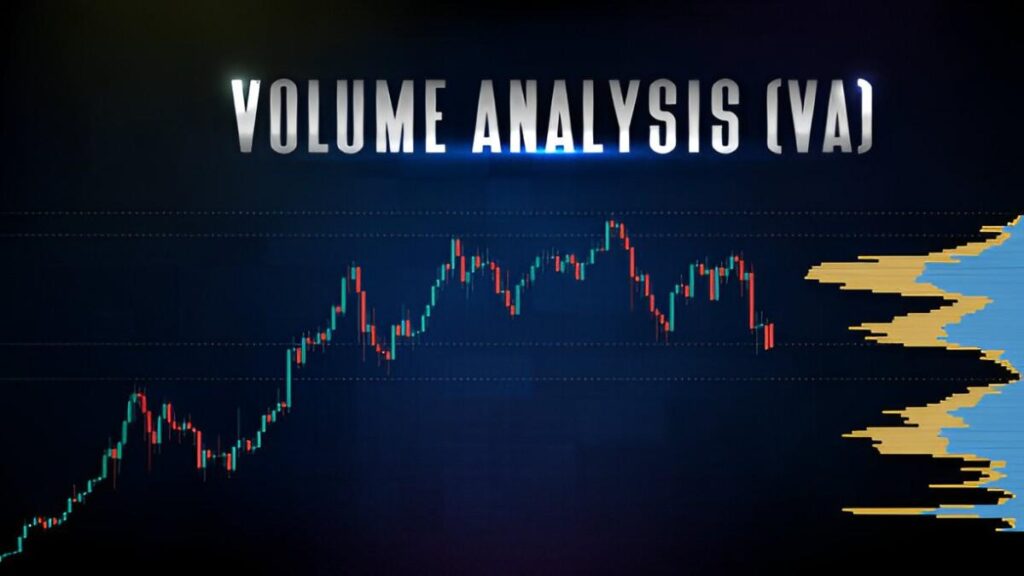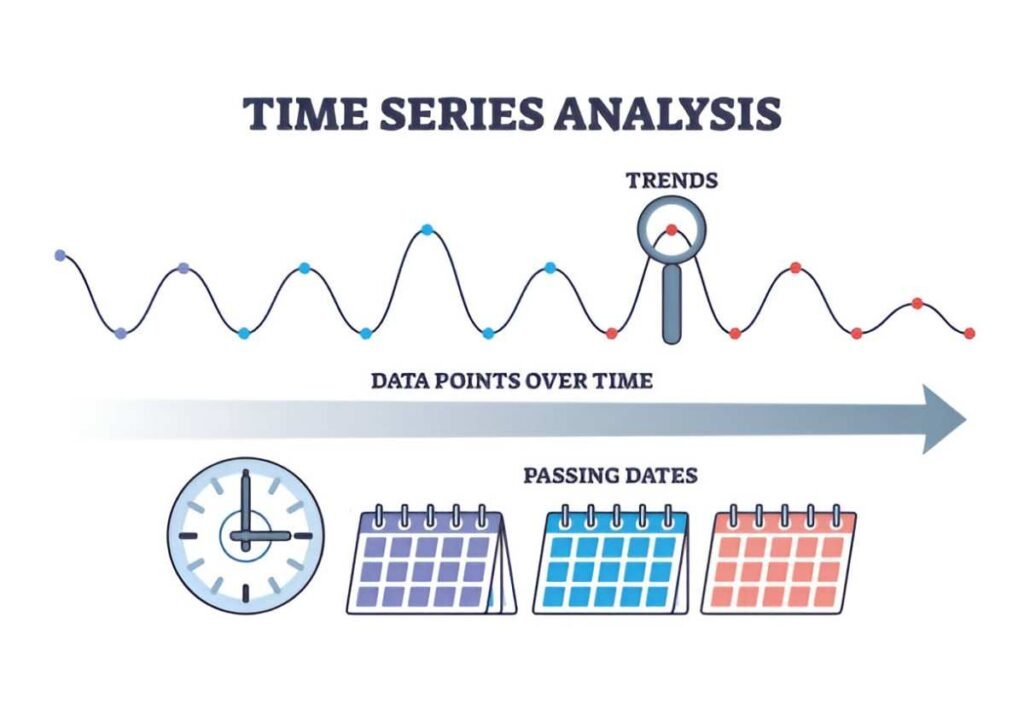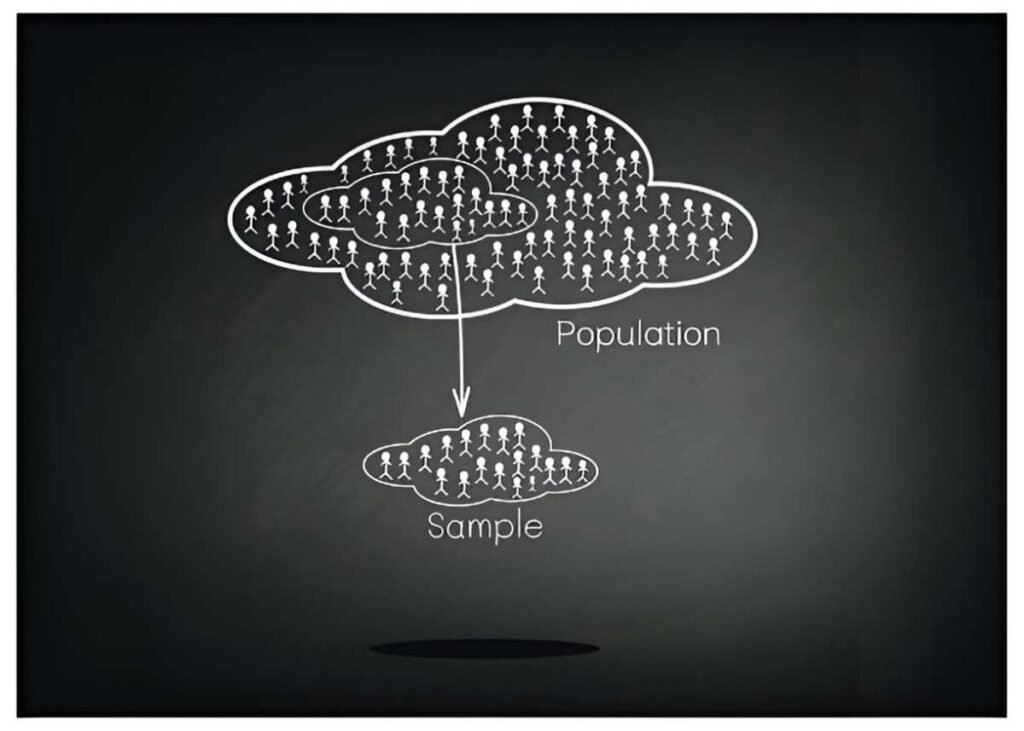Introduction
Managing waiting lines is crucial in industries where customer service and efficiency determine success. Queuing theory helps analyze and optimize these lines, ensuring businesses minimize wait times while maximizing resource utilization. I will explore the fundamentals of queuing theory, its applications, mathematical models, and practical examples to enhance your understanding of waiting line management.
Table of Contents
What is Queuing Theory?
Queuing theory is the mathematical study of waiting lines. It evaluates systems where entities arrive, wait for service, and depart after being served. Businesses use it to streamline operations, improve customer satisfaction, and reduce costs.
Components of a Queue
A queue consists of several elements:
- Arrival Process: The rate and pattern at which customers or entities arrive.
- Service Mechanism: The method and speed at which entities receive service.
- Queue Discipline: The rule determining the order of service (e.g., first-come, first-served).
- System Capacity: The maximum number of entities a system can accommodate.
- Population Source: Whether the customer base is finite or infinite.
Basic Queuing Models
Several models exist to describe different queuing scenarios. The most common models include:
M/M/1 Queue
A single-server queue with Poisson arrivals and exponentially distributed service times follows the M/M/1 model. The key equations are:
- Arrival rate: \lambda
- Service rate: \mu
- Traffic intensity: \rho = \frac{\lambda}{\mu}
The average number of customers in the system is:
L = \frac{\lambda}{\mu - \lambda}The average time a customer spends in the system is:
W = \frac{1}{\mu - \lambda}M/M/c Queue
When multiple servers handle customers, we use the M/M/c model:
P_0 = \left( \sum_{n=0}^{c-1} \frac{(\lambda/\mu)^n}{n!} + \frac{(\lambda/\mu)^c}{c!(1 - \rho_c)} \right)^{-1}where P_0 represents the probability of zero customers in the system, and \rho_c = \lambda / (c \mu) is the traffic intensity per server.
The expected number of customers in the system is:
L = \frac{(\lambda/\mu)^c}{c!(1 - \rho_c)^2} P_0 + \frac{\lambda}{\mu}Application of Queuing Theory
Healthcare
Hospitals use queuing models to manage patient flow, reduce emergency room wait times, and allocate staff efficiently.
Retail
Retail stores optimize checkout lanes, ensuring adequate staffing during peak hours to prevent long waits.
Call Centers
Call centers balance agent availability and call traffic to maintain low customer hold times.
Comparative Table: M/M/1 vs. M/M/c
| Feature | M/M/1 Queue | M/M/c Queue |
|---|---|---|
| Number of Servers | 1 | c |
| Arrival Process | Poisson | Poisson |
| Service Process | Exponential | Exponential |
| Traffic Intensity | \rho = \lambda / \mu | \rho_c = \lambda / (c\mu) |
Practical Example
Consider a bank with a single teller. Customers arrive at an average rate of 10 per hour (\lambda = 10), and the teller serves customers at 15 per hour (\mu = 15).
Using the M/M/1 formulas:
\rho = \frac{10}{15} = 0.67 L = \frac{10}{15 - 10} = 2 W = \frac{1}{15 - 10} = 0.2 \text{ hours}This means, on average, two customers are in the system, and each customer spends 12 minutes (0.2 hours) in the bank.
Conclusion
Queuing theory provides powerful tools for optimizing service efficiency. By applying the right models, businesses can manage wait times, improve customer experience, and allocate resources effectively.





